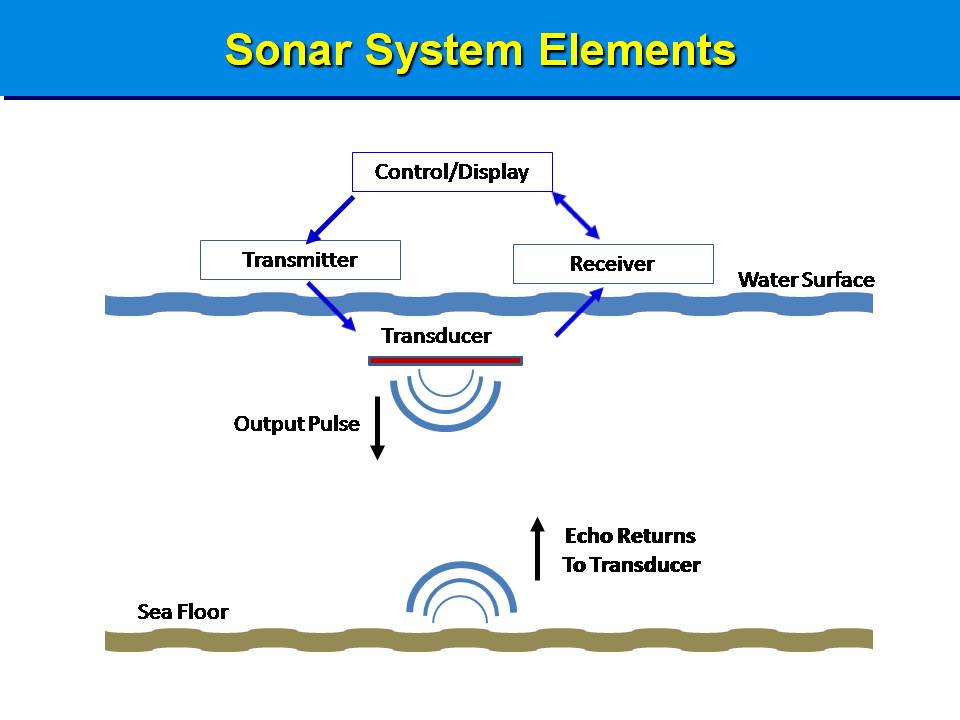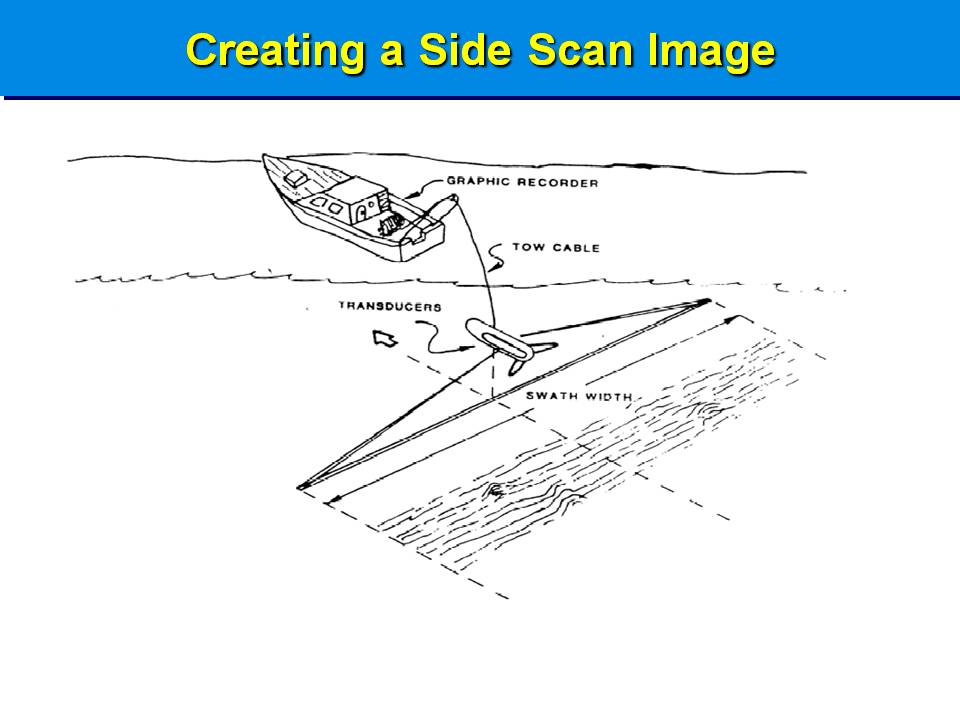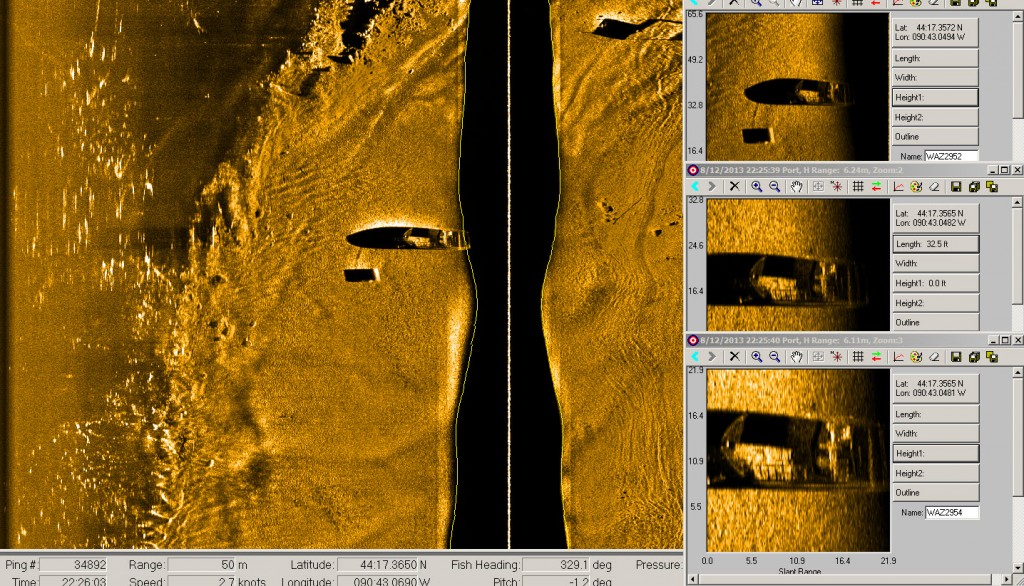An underwater search for a drowned victim can be a daunting task. With the aid of side scan sonar technology, these searches can be performed safer and more efficiently. Side scan sonars are used for a variety of tasks. From locating mines, inspecting bridges and pipelines to searching for shipwrecks; the possibilities are many when an eye underwater is required but efficiency and safety is paramount.
If you’ve browsed our site before reading this page, it’s obvious we use our side scan sonar to locate drowned victims underwater. Using a side scan sonar allows a large are of water to be mapped and imaged when visibility is poor and using a scuba diver isn’t feasible. By using a very high resolution side scan sonar system such as the L-3 Klein System 3900, we can obtain a near photo-like image of exactly what is lying on the river/lake/pond/ocean floor before entering the water. Once a potential target has been identified we can then deploy divers or an ROV to confirm, thus saving valuable time and reducing human risk.
A side-scan uses a sonar device that emits conical or fan-shaped pulses down toward the seafloor across a wide angle perpendicular to the path of the sensor through the water, which may be towed from a surface vessel like a boat. The intensity of the acoustic reflections from the seafloor of this fan-shaped beam is recorded in a series of cross-track slices. When stitched together along the direction of motion, these slices form an image of the sea bottom within the swath (coverage width) of the beam. The sound frequencies used in side-scan sonar usually range from 100 to 500 kHz; higher frequencies yield better resolution but less range. We run at 900 kHz with our system when trying to locate a body underwater.



